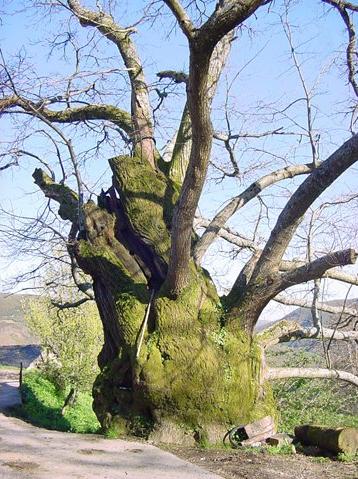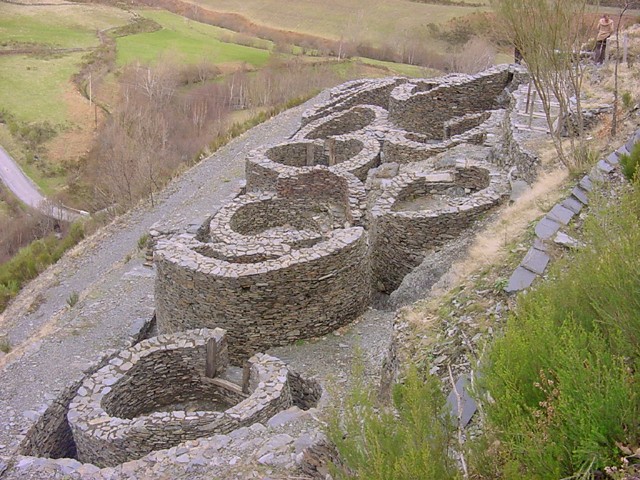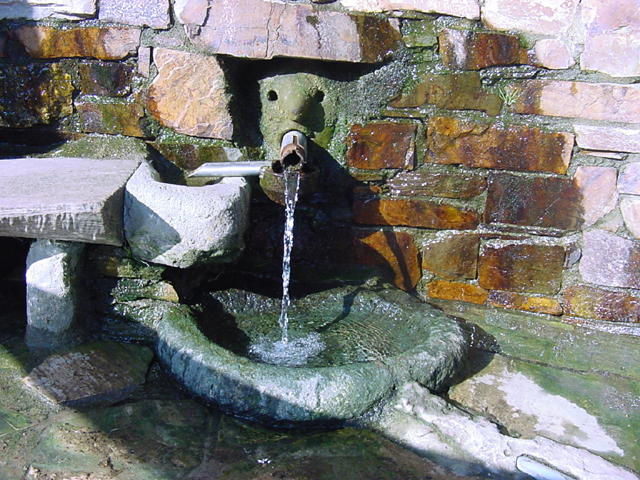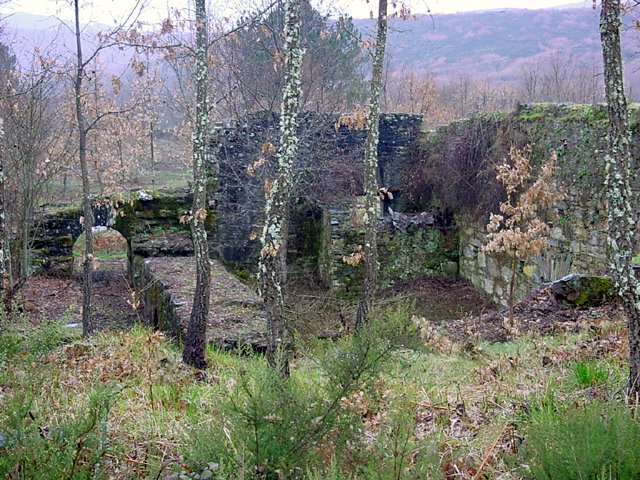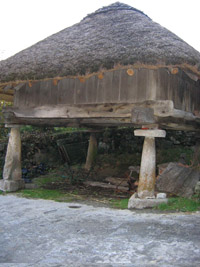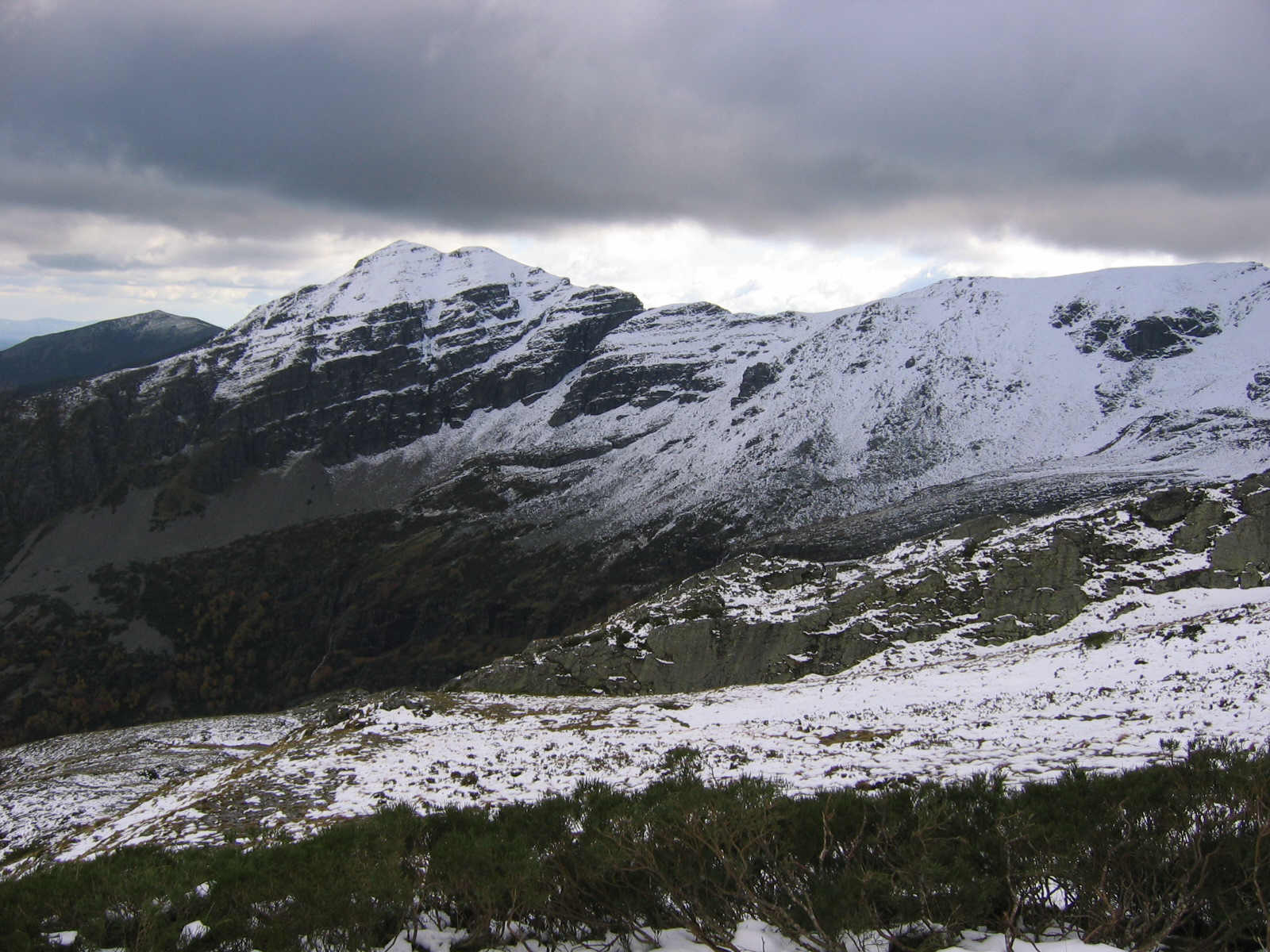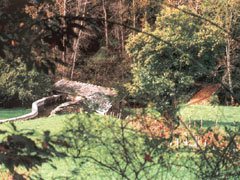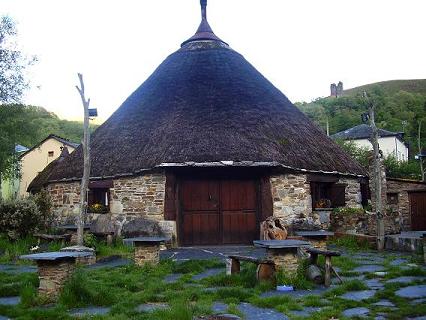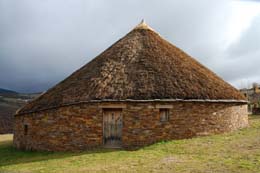Tourism Ancares
5 Km. From La Portela de Valcarce, the Ancares begin. A land that takes us to the most incredible Nature, and that brings us much more to the nature of mountain peoples and our ancestors, separating us from the stress of the city.
In any of the villages of Ancares nature lovers are offered great walks through narrow valleys and small mountains. In the valleys and beside the rivers, the meadows for cattle are squeezed. They cut the fertile banks, crossed in turn by streams that distribute the water previously diverted from the vanzaos, and the poplars, ash trees, wicker ... surround them. The paths that ascend from them and bring us the chestnut trees, the oaks, the walnut trees, the cherry trees ... The caborcos hurry down their water most of the year and the trees are crowded around giving way to the high meadows and the Monte bajo Reaching the upper heights of the small mountains. The tree variety ignites multiple colors that evolve with the seasons giving paintings of great chromatic variety.
From villages such as Burbia, Balouta, Pereda, Canteixeira, Teixeira, Fuentedeoliva, Porcarizas, Villarbón, ... we approach on foot to the highest mountains, which do not exceed 2,000 m. Of altitude, and to the heart of the National Reserve of the Ancares (it is in process its declaration like Natural Park). The ascent to the Cuiña, the Miravalles, the Mostallar, Peñarrubia, ... in Ancares, and in the Seo, the Peña, the Capeloso, the beech of Busmayor ..., will delight those who enjoy the walk in Height, being able to contemplate up close the beauty of the wild and natural life: the birds, the most visible, continue their work outside our presence and the deer do not let themselves be seen easily but they reveal their presence in moments such as the shouts. An ecosystem that maintains its Cantabrian characteristics and therefore a unique fauna and nature by its level of conservation. A place where the capercaillie and roe deer still survive.
Here we present some invitations for the enjoyment of the landscape in the form of routes, although any route can have pleasant sensations. In case of choosing specific routes it is advisable to check in the nearest establishments their state of maintenance and ask for suggestions about them.
There are many buildings that remain as witnesses of another time. The present-day towns sit very close to ancient castles, of which we can only observe-except in the Chano- the base of wide walls that speak of the need to live together, very close to each other, to withstand the inclemencies of a Half hostile. That need was transferred to the villages and any route through these valleys will discover the ancient, but effective, ways of surviving that have reached our days. And among these, it is fundamental the palloza, the typical anchored dwelling, of stone wall and thatched ceiling (teito) that has lasted until very recently because it is the only coherent answer to the circumstances of the environment. Next to it is placed frequently the anchor hydrangea, that has square plant of wall of wood and also has thatch of straw.
Today, the towns shelter good examples of traditional architecture, despite deterioration and disappearance, and some sets of round stone and slate roof are maintained. They are houses designed for the agricultural and cattle labor that have their origins in the pallozas, self-sufficient houses able to assure the survival. Although many of these have degraded over time, there are a few in use and some inhabited, which can even be visited by the public. The best preserved collection in León is in Balouta. With less pallozas but essentially maintaining the traditional typology in its buildings are Tejeira, Pereda de Ancares, Busmayor, Cela, Chandevillar, Field of Liebre, Lindoso, Hermide, Aira da Pedra, Tejedo, Güimil, San Fiz, Arnado, Paradela ...
Also interesting are the small churches of Romanesque origin that have accompanied the fate of the people. Many of them are accompanied by millenary yew trees that already guarded the astures cults. Others stand out for their artistic elements: Oencia, the larger altarpieces of Sobrado and Paradaseca, Santa Marina de Balboa, the northern cover of the Ruitelán, the tower of the Vega de Valcarce, the inner decks of the Herrerías and The Faba, the coffered ceilings of Valle de Finolledo and San Martín de Moreda, the church of the monastery of San Andrés de Vega de Espinareda ...
Many pre-industrial facilities also survive, such as mills and ironworks, which in many cases demonstrate the keen ingenuity of their builders in an age where technology could barely reach these villages. There are also numerous traces of mining operations, especially those dedicated to iron and gold. In this area they emphasize the Médulas de la Milita, in the valley of Burbia, near Paradaseca. This is a Roman exploitation very similar to that of the Medulas del Bierzo since it is based on the Montium Ruina technique. Your accesses have been enabled recently. It is also worth mentioning the exploitation of Wolfram in the Peña del Seo. During World War II the Germans extracted the ore for the manufacture of bombs while the spies of the allies tried to put the operation to an end.
We put a link, where you will enjoy the best routes for the Ancares: www.ancares-seo.com/naturaleza/rutas.htm







